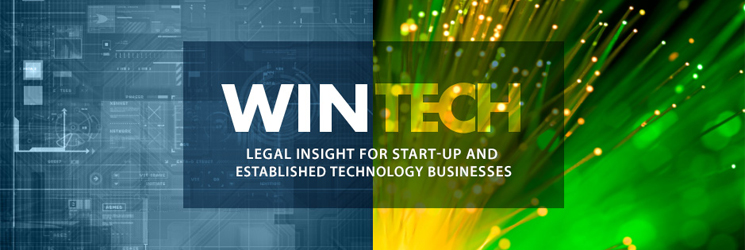
[author: Bud Ehrlich]
“Rather than rest our decision on formalities, our focus is on what makes our on-sale bar jurisprudence coherent: preventing inventors from filing for patents a year or more after the invention has been commercially marketed, whether marketed by the inventor himself or a third party.” The Medicines Company v. Hospira, Inc., No. 2014-1469, slip op. at 25 (Fed. Cir. July 11, 2016).
An invention cannot be patented in the United States if the invention “was on sale in this country, more than one year prior to the date of application for patent in the United States”. 35 U.S.C. § 102(b) (pre-AIA). Any patent claims to a product that was on-sale prior to this one-year date are invalid and the right to exclude others from making, using and selling the product is lost.
The Court concluded that to be “on-sale” “a product must be the subject of a commercial sale or offer for sale, and that a commercial sale is one that bears the general hallmarks of a sale pursuant to Section 2-106 of the of the Uniform Commercial Code.” The Medicines, at 3. When “no actual sale is present ‘[o]nly an offer which the other party could make into a binding contract by simple acceptance (assuming consideration)’ triggers the on-sale bar.” Id. at 27 (quoting Group One, Ltd. v. Hallmark Cards, Inc. 254 F.2d 1041, 1048 (Fed. Cir. 2001)).
This case involved product-by-process claims and a supply contract for a third-party to produce three batches of the drug using the claimed processes. The Federal Circuit held that the supply contract was for performing services and not a commercial sale. “[A] contract manufacturer’s sale to the inventor of manufacturing services where neither the title to the embodiments nor the right to market the same passes to the supplier does not constitute an invalidating sale under § 102(b).” Id.at 33.
What the Court makes coherent is that the “on-sale” bar is based on activities that constitute a commercial sale or offer for sale and not merely pre-commercial activities in preparation for future sales. “The on-sale bar is triggered by actual commercial marketing of the invention, not preparation for potential or eventual marketing.” Id. at 26.
What the Court also makes coherent is that the best course of action is to file an application for patent as soon as the invention is ready for patenting.
Next up is Helsinn v. Teva and whether on-sale activity under the AIA includes secret sales or is limited to public sales only.